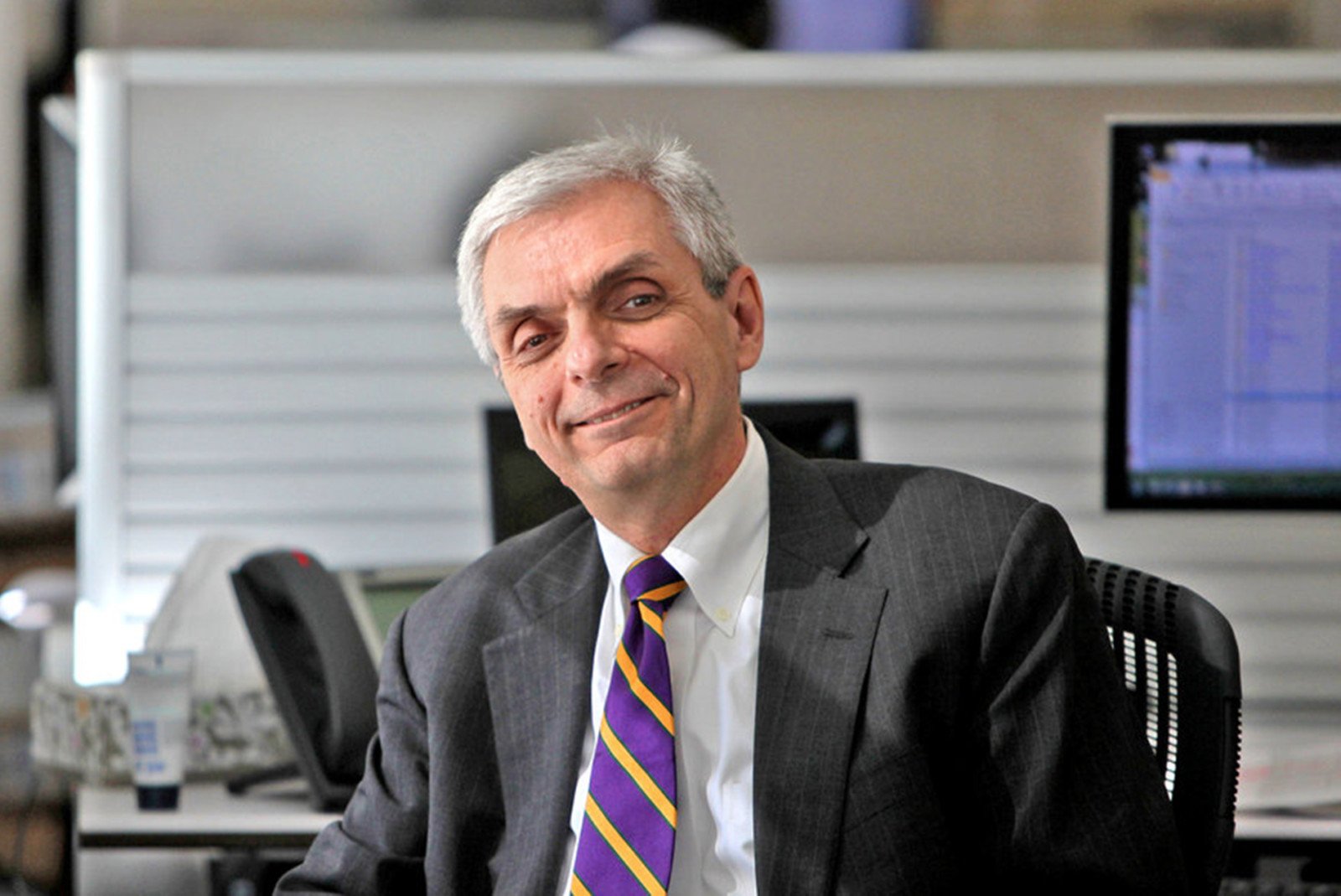The AIA Conference on Architecture arrives in New York City this week. Its theme got HOK President Carl Galioto thinking about the big design challenges facing his hometown.
By Carl Galioto, FAIA
New Yorkers believe we live in the greatest city in the world and deceive ourselves into accepting that the challenges of living here build a special New York character. We could not be more mistaken. New York is the greatest city in the world despite—not because of—the challenges of living here.
This week the American Institute of Architects will hold its annual conference in New York (June 21-23). The theme of this year’s convention, Blueprint for Better Cities, is particularly relevant. While many of our nation’s cities are enjoying periods of growth and investment, even our most vibrant metropolises do not measure up to their international peers in one important measurement. No U.S. metro area cracks the top 15 ranking in any of the three most well-regarded surveys on livability published by the Economist Business Intelligence Unit, Mercer Global Consulting and Monocle magazine.
For those of us who play a role in the design of U.S. cities, these rankings can come as an insult or, better yet, a challenge. When it comes to my hometown of New York, our city has made tremendous strides since the 1950s when it was notorious for soot-strewn air, polluted waterways and a waterfront choked off by elevated highways, industry and gritty commercial docks. Yet dramatic improvements in these areas have created their own challenges by attracting hundreds of thousands of new residents to a city with aging infrastructure that struggles to meet increased human demands and a changing climate. One merely needs to attempt boarding the morning rush hour L train in Williamsburg or the 7 train in Long Island City to understand the effects of a swelling population on an infrastructure designed for an entirely different time and place.
Today we stand at a precipice. To continue the strides our city has made over the past half century, architects and urban designers must rally our profession and city to focus on three issues that are critical to New York’s long-term health and livability.
Resiliency
Last year Mayor Bill de Blasio took a necessary first step toward safeguarding New York’s future when his office issued its Climate Resiliency Design Guidelines mandating that future sea-level and atmospheric changes be considered during the planning, engineering and construction of all city facilities. For those in the private sector, these city guidelines should serve as the floor—not the ceiling. We must continue to push for the adoption of proven and new resilient design strategies (such as water-retaining green roofs and self-powered buildings) that strengthen the built environment while lessening its impact on the natural world. As Superstorm Sandy taught us, there’s no public and private New York when it comes to natural disasters. There’s just one interconnected community as vulnerable as its weakest link.
Public Transportation
NYCTA head Andy Byford was imported to New York to do a job. He has identified the problems with our city’s most valuable asset—the subway system—and identified solutions. Now it is time for New York, and in particular our elected officials, to ‘put up or shut up’ by allocating the financial resources required. Yes, the $19 billion price tag is steep, but so is the cost of doing nothing. Each weekday New York’s aging subway system carries nearly six million people to their jobs, homes and all points between. It is the lifeblood of our city and will remain so despite the bold promises of autonomous vehicles or air taxis. As we did a century ago when the subway first came online, architects must play a role in not only designing the system’s marquee elements, such as Penn Station, but also in informing its overall modernization plan so it functions as intended: in a highly efficient and pain-free manner for the people of New York.
Rethinking Public Space
New York is blessed by an incredible park system, and the “jewels in the crown” are especially beloved: Central Park, Bryant Park and Madison Square Park. But many of these public spaces are already used at or near capacity. Designers and city officials need to identify new places and ways to open it up for residents and visitors. The High Line is a much-publicized example of discovering new civic space within a land-strapped city. So too are parks like Hunter’s Point South on the Long Island City post-industrial waterfront.
Our greatest untapped resource, however, lies just beyond our front doors. New York’s 6,000 miles of roadways take up far more of the city’s real estate than they merit. Recent reconfigurations of Times Square and Herald Square demonstrate how vehicle-congested thoroughfares can be transformed into pedestrian-friendly oases. But the changes needn’t be that radical. Simple streetscape alterations—the narrowing and removal of select traffic lanes and the widening of sidewalks—would open vast amounts of space throughout the city for greater public use.
None of the proposals presented here are likely to be embraced by those averse to change and, with it, a bit of disruption. Yet they’re the types of ideas we (designers, residents, elected officials) must push if we’re serious about making New York a great city and a great place to live. The two aren’t mutually exclusive.
